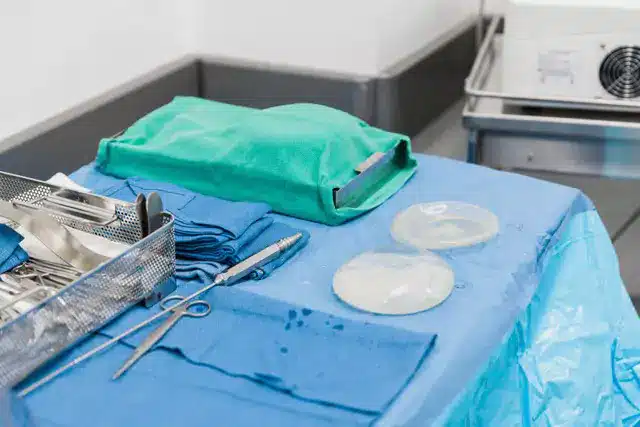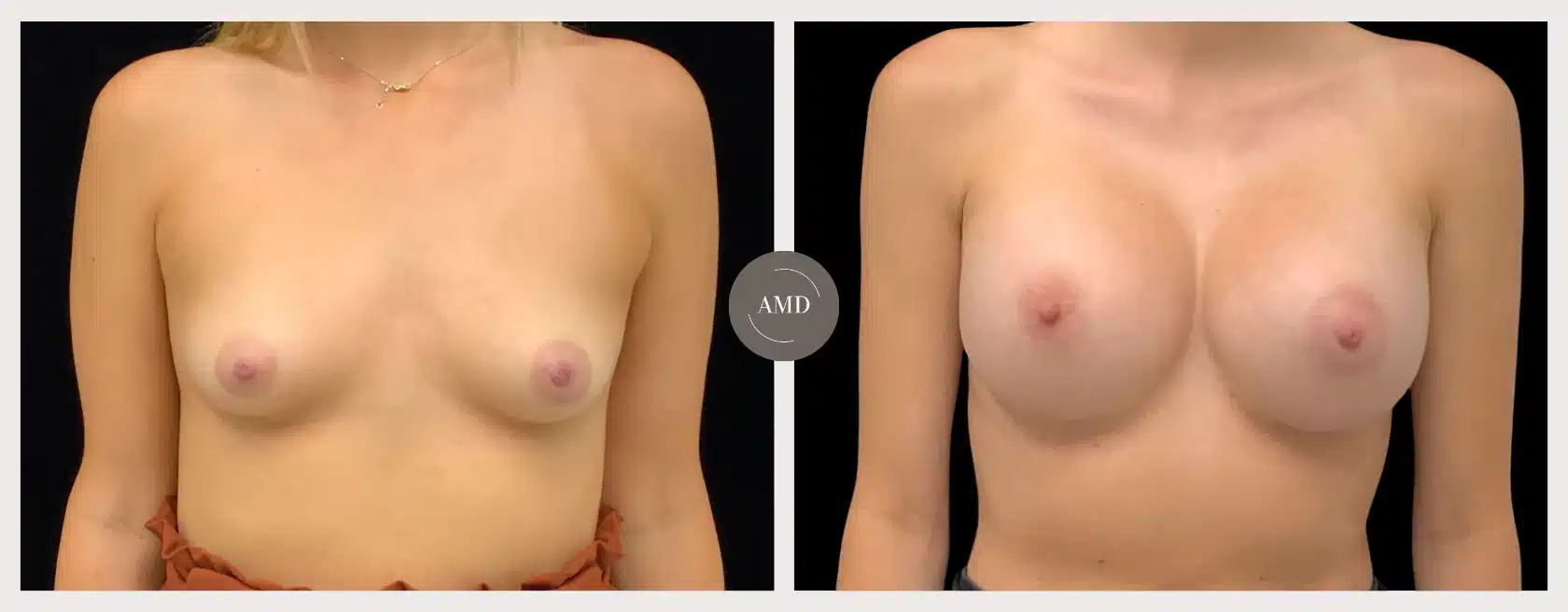There seems to be some confusion about when and how often implants need to be replaced. Some doctors tell their patients every ten years. Now with the textured implant recall, women are even more confused about whether or not their implants need to be replaced or taken out all-together. Many women are worried that their implants are dangerous to their health.
This is not the first time the safety of implants has been in the news. Back in the 1990s, silicone breast implants were taken off the market while extensive studies were conducted to determine whether or not implants were causing cancer, connective tissue disease and other auto-immune disease. About this time, Dr. Anton was recruited to serve as one of about 35 physicians across the country to participate in a 10-year study to determine the safety of silicone implants. His findings were reported to the Institutional Review Board which determined silicone implants to be safe to women’s health.
Are Silicone Implants Safe?
In 1997 the U.S. House of Representatives asked the Federal Department of Health and Human services to sponsor an extensive study of silicone breast implant and more specifically the use of all silicone in the body. The Institute of Medicine committee was comprised of 13 distinguished members of the medical, scientific and educational committee without any conflict of interest. In 1997 they published a 440-page document covering all aspects of silicone breast implants, reporting, “evidence suggests that such diseases are no more common in women with breast implants that in women without them”.
The study concluded that all silicone products were safe for use. While breast implants made the biggest headlines, many other fields of medicine employ silicone implants (see list at end of article). Children are treated for hydrocephalus (swelling on the brain) with a drain made of silicone. Orthopedic doctors implant joints made from silicone. Heck, there’s even silicone in some of your favorite breakfast cereals!
The Textured Implant Scare
Even with all the overwhelming evidence refuting any claims that any type of implant made with silicone are a danger to women’s health, women are now dealing with the previously unknown risks caused by the textured surface of implants. That’s why when the FDA recalled textured implants this past June citing risk of BIA-ALCL (document). The phones in our Aesthetics MD office were ringing off the hook with concerned patients. To be clear, the FDA is saying that textured breast implant surfaces are associated with a 0.3%-2.6% current lifetime risk of developing lymphoma of the breast capsule, not breast cancer. When caught early, this type of lymphoma is usually treated by just removing the scar capsule.
Nevertheless, Dr. Anton’s patients are relieved to learn that he primarily uses smooth surfaced breast implants and places them under the muscle in an appropriately large enough pocket for the implant to move freely and naturally. This is why his breast work reflects a very natural appearance. He has not used textured implants in his practice for more than 20 years except in a very small handful of patients all of whom he discussed the risks with beforehand. For the past twenty years, long before the FDA recall, Dr. Anton told his patients that he was concerned that the chronic irritation of the rough surface of the textured implant would disturb and damage the cells of the surrounding tissues, which is exactly what was later discovered.
If you suspect you might have a textured implant it’s easy enough to find out. Simply refer to your implant registration card with the serial and lot number of your implant. You would have received an implant registration card from your doctor after surgery. If you don’t have one or misplaced yours, call your doctor’s office or you can call the manufacturer directly and they can look it up by your social security card.
Capitalizing On Women’s Fears
If you discover that you do have a textured implant, that isn’t a cause for panic. More common BIA-ALCL symptoms primarily include sudden breast swelling, a mass, pain or rash. If you have textured implants and are experiencing any of these symptoms, then consult with your plastic surgeon. Aspiration of the fluid may be done and tested for “CD-30”, which will either confirm or rule out this diagnosis. Probabilities show that BIA-ALCL is extremely unlikely and if it is ruled out, you can leave the implants in place or have them simply exchanged for smooth implants.
Dr. Anton’s real concern for women at this time are the doctors that are capitalizing on women’s fears on this subject by telling those without BIA-ALCL and without a textured surface that they should remove or replace their implants. The recent hype has created quite a business boom for some plastic surgeons and cosmetic doctors. Even before the recent news many women have been told that they need to replace their implants every ten years, which is also not true.
Before beginning his practice in Newport Beach in 1991, Dr. Anton completed a Breast Fellowship in Atlanta, Georgia with Dr. Carl Hartrampf, hailed as the father of the modern day breast reconstruction. Dr. Anton’s time with Dr. Hartrampf involved intensive study and research in breast surgery, which led them to co-create the Star Flap nipple reconstruction, and it or a variation of it, is used the world over.
This training and his extensive experience with breast implant revisions (more than 70% of his breast work is revisional surgery from work originally done elsewhere) gives him the confidence to tell his patients that their implants (especially the newer ones) can last a lifetime and maybe never need to be replaced.
That said, some of his patients have opted for Breast Implant Revision for a variety of reasons the primary ones being:
- Aging – as the breasts age the tissues begin to sag and droop. Women unhappy with the appearance of their aging breasts will often inquire about a breast lift with implant exchange. Another option can be exchanging to a larger implant to fill up lost volume.
- Capsular contracture – is the number one risk of breast implant surgery and is one of the primary reasons why patients seek his help. Implants can fail and this can usually be determined on physical exam and the use of USN and/or an MRI.
- Desiring different size – Desires change as a woman age. Trends and fashions can even dictate wanting a different breast size.
The vast majority of Dr. Anton’s patients have had their implants more than twenty years. In general, his advice to his patients is – “If you are happy with your breasts and if you have no issues, then leave them be.”
A brief list of other silicone implants used in or on the body:
- Topical: Contact lenses, multiple skin products, etc.
- Cosmetic: Cheek implants, anterior maxillary implants, nasal implants, mandibular angle implants, chin implants, Breast implants (saline & gel with the same silicone rubber shell), testicle implants, etc.
- Medical: Intraocular (eyeball) lenses, VP shunts for hydrocephalus patients, Norplant subcutaneous hormone delivery devices, penile implants, finger & toe joint implants, implantable infusion pumps, endless interventional radiology and cardiology devices, percutaneous drains, cardiology pacing and defibrillation implants, implantable medical monitoring devices, contraceptive diaphragms, etc.





